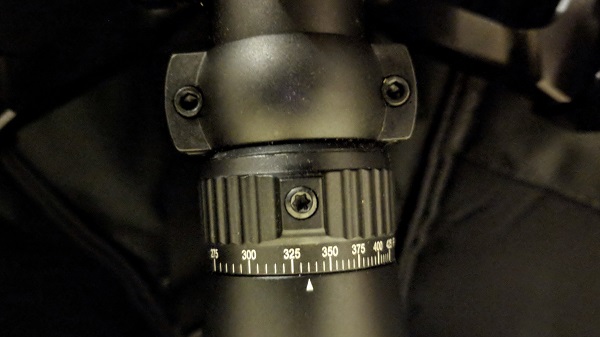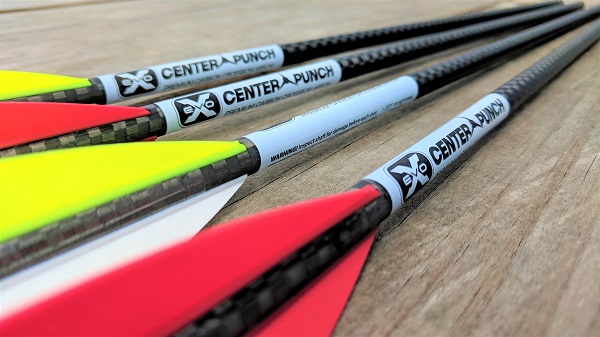How To Properly Sight In A Variable-Power Drop-Compensating Scope
/ September 27th, 2018
Does the scope on your crossbow have a dial on the rear bell with numbers on it? If so, you have a variable-power style drop-compensating scope. The EVO-X Marksman Scope and the TenPoint RangeMaster Pro Scope are examples of this style. The numbers on the dial signify a range of arrow speeds. This type of scope works differently than a multi-line or multi-dot style because it requires adjustment of this speed dial, in addition to windage and elevation adjustments, to bring it to zero. It is important that you follow the proper steps for sighting in your variable-power scope to achieve the highest level of accuracy from your crossbow.

The speed of your arrow is determined by the overall weight of the arrow. In other words, your crossbow will shoot a lighter arrow faster than it will shoot a heavier one. Before you begin the process of adjusting the windage and elevation at 20 yards, you should set the dial to best match the speed of the arrow that you are shooting. One way to do this is by shooting the arrow through a chronograph, which will give you the exact speed that the arrow is traveling. This will allow you to precisely set the speed dial to match the arrow speed. Most archery dealers will have a chronograph available that you can use for this purpose if you do not own one yourself. If you do not have access to a chronograph, TenPoint posts the average arrow speed for each crossbow model on the crossbow model product pages under the “SPECS” tab. Simply look for the name of the arrow that you plan to shoot, and the chart will tell you how fast, on average, your crossbow will shoot that arrow. You can then set the dial to match that speed, accordingly.

Next, sight the scope in at 20 yards using the first dot down from the top. If the impact point of your arrow grouping is different than your aiming point, make elevation and windage corrections using the dials at the top and on the side of the scope. Once you have zeroed the scope at 20 yards, the remaining dots that signify 30 yards, 40 yards, etc., should be relatively accurate. You should then move your target to 40 yards to check your point of impact and determine if you need to make a fine-tuning speed adjustment. If your impact point is high at 40 yards, adjust the dial to a higher speed. If your impact point is low at 40 yards, adjust the dial to a lower speed. It is best if you make gradual adjustments in 5 FPS increments. If you are hitting at the proper elevation at 40 yards, you do not need to make any further adjustments.


